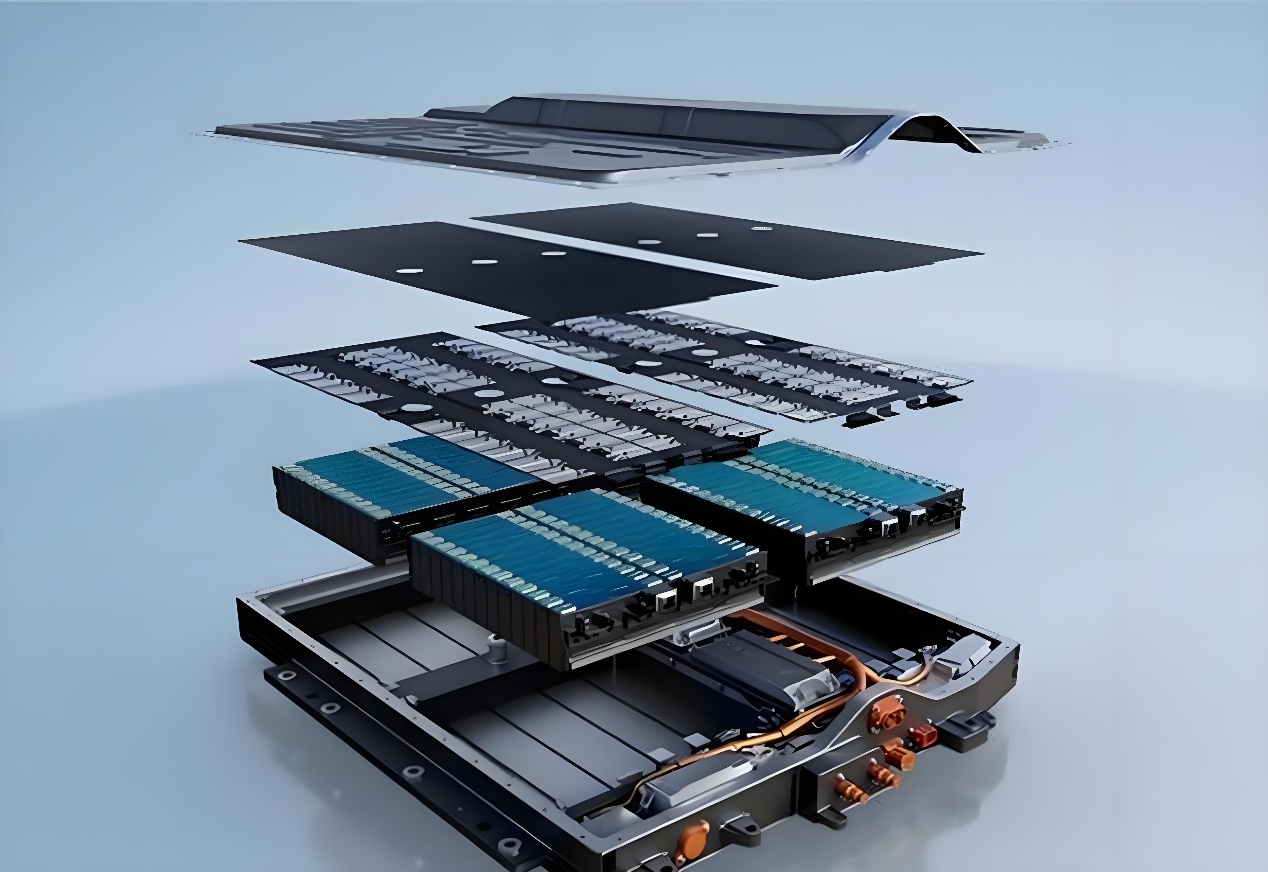
Recently, the commercialization process of solid-state batteries has been accelerating. Enterprises from multiple countries and regions around the world, including China, Japan, South Korea, Europe, and America, are accelerating their layout in the field of solid-state batteries. For example, Chinese companies such as CATL, BYD, and EVE Energy, Japanese companies such as Toyota and Panasonic, and South Korean companies such as Samsung and LG are actively developing solid-state battery technology and planning to achieve mass production in the next few years.
According to a research report released by Caixin Securities, solid-state batteries have the advantages of high energy density, good safety, and long cycle life. The industry has been continuously promoting the commercialization of solid-state batteries. According to analysis by CITIC Securities, from the perspective of industry development, significant progress has been made in the research and industrialization of solid-state batteries since 2022, and all solid state batteries are expected to begin mass production and installation by 2027. It is expected that the global shipment of solid-state batteries will reach 643GWh by 2030, with a compound annual growth rate of 133% from 2024 to 2030.
At present, some solid-state battery products have achieved commercial applications. For example, Funeng Technology's semi-solid state battery products have been applied in the fields of new energy passenger vehicles and eVTOL, and plans to launch all solid state battery products in the next few years. Guangzhou Automobile Group Co., Ltd. also stated that it has preliminarily established the full process manufacturing technology for all solid state batteries and is expected to be equipped with Haobo models by 2026. In addition, the world's first GWh level new solid-state battery production line has officially settled in Wuhu, Anhui, with a designed production capacity of 1.25GWh.
Despite the numerous technological advantages of solid-state batteries, their commercialization process still faces many challenges. The development of solid-state batteries still faces technical challenges. Compared with the "solid-liquid interface" of traditional batteries, the contact and stability of the "solid solid interface" are poorer, and the ion transport efficiency is relatively lower. This leads to the interface contact problem between the electrolyte and electrode material of solid-state batteries becoming a key factor restricting their performance and safety.
Secondly, the cost of solid-state batteries is relatively high. Due to the relatively complex production process of solid-state batteries and the lack of large-scale production, their cost is much higher than traditional liquid lithium batteries. As the material system and production line assembly gradually mature, the cost of solid-state batteries will gradually decrease in the future, but this process requires time and a large amount of capital investment.
The third issue is that the technological roadmap of solid-state batteries may also affect their commercialization process. At present, there are various technological routes for solid-state batteries, such as polymers, oxides, sulfides, etc., each with its own advantages and disadvantages. Enterprises in different countries choose different technological routes based on their own technological accumulation, research and development resources, market strategies, and other factors, which may lead to the fragmentation of the solid-state battery market and hinder its large-scale application.
Despite facing many challenges, solid-state batteries still have broad prospects for future development. With the transformation of the global energy structure and the rapid growth of the new energy vehicle market, the demand for high-performance and high safety batteries in the market will continue to increase. Solid state batteries, as the "star" of next-generation battery technology, are expected to achieve large-scale commercial applications in the coming years.
Firstly, the technological advantages of solid-state batteries will drive their widespread application in the field of new energy vehicles. With the continuous expansion of the electric vehicle market and consumers' increasing demands for range and safety, solid-state batteries will become an important choice in the electric vehicle field.
Secondly, solid-state batteries also have enormous potential for application in the field of energy storage. With the rapid development of renewable energy and the increasing demand for energy storage in the power grid, solid-state batteries will become one of the important technologies in the field of energy storage.
In addition, solid-state batteries will also show broad application prospects in fields such as 3C digital and deep-sea exploration. With the continuous advancement of technology and the gradual reduction of costs, solid-state batteries are expected to achieve large-scale applications in multiple fields.
Solid state batteries, as a new type of battery technology, have the advantages of high energy density and good safety, and are accelerating their commercialization process worldwide. Despite facing many challenges, the future development prospects of solid-state batteries are still broad. With the continuous advancement of technology and the expansion of the market, solid-state batteries are expected to become an important force in the future battery field.

The European Commission released a package of measures for the automotive industry on Tuesday (December 16th), proposing to relax the requirements related to the "ban on the sale of fuel vehicles" by 2035.
The European Commission released a package of measures for …
Venezuela's Vice President and Oil Minister Rodriguez said …
On December 16 local time, the Ministry of Space Science Ex…
Recently, a highly anticipated phone call between the defen…
Right now, the world's major central banks are standing at …
Recently, according to Xinhua News Agency, the news of a tr…